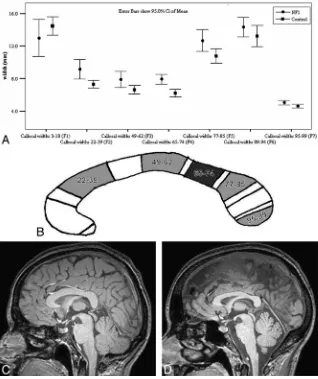Corpus Callosum Morphology and Microstructure Assessed Using Structural MR Imaging and Diffusion Tensor Imaging: Initial Findings in Adults with Neurofibromatosis Type 1
Full text
Figure




Related documents
Data collection: SMART (Bruker, 2000); cell re®nement: SMART ; data reduction: SAINT (Bruker, 2000); program(s) used to solve structure: SHELXTL (Bruker, 2000); program(s) used to
• It erodes all social ties other than purely economic ones and/or converts social relationships into instrumental ones ("commodifies" them). • It promotes a
The theoretical concept of the civilising offensive is able to reveal the ways in which states (and other powerful groups) have attempted (and continue to
6.6.1 Decision-making Processes in Budget Development and Control at Case
None redefined; Except for re coding to reduce categories Cross tabulations and identification of characteristics of population cycling; use in re-targeting of policy
sulfonyl derivative 4a had higher activity than parent compound andrographolide 1, and reduced activity than standard drug cisplatin against tested cell lines.. KEY
Above result shows that biodegradable patch made from Compound Ayurvedic drug(CAD) impregnated in poly (lactic acid) (PLA-CAD) polymer had no Systemic and Dermal
(B) Nanobodies 5N and 32N showed no binding affinity to negative control cell line HEK 293, demonstrating that the nanobodies specifically bind to VEGFR2.